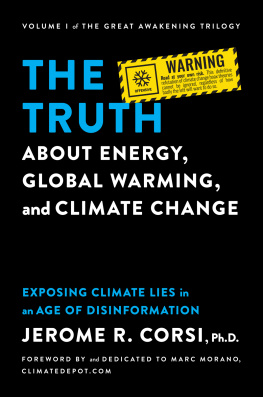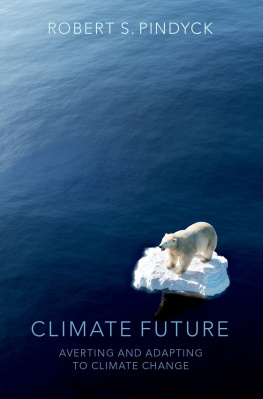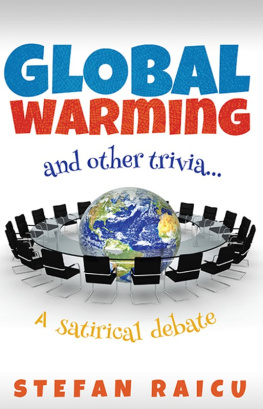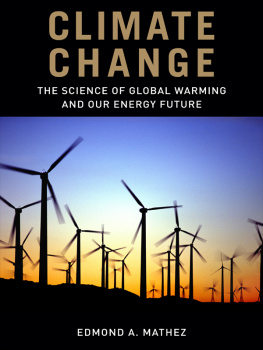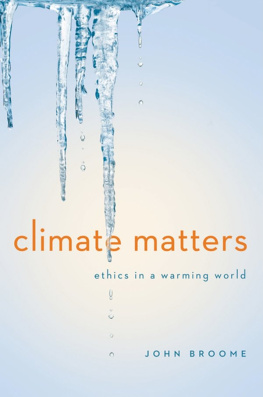
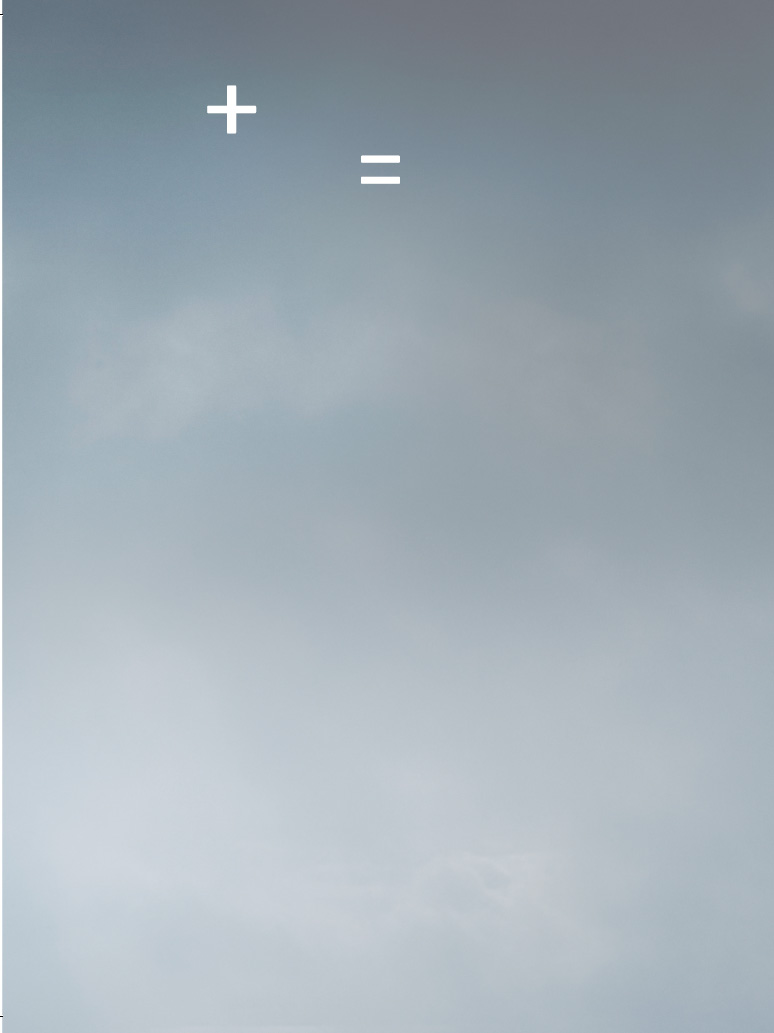

Edited by Guy Abrahams, Bronwyn Johnson and Kelly Gellatly

MELBOURNE UNIVERSITY PRESS
An imprint of Melbourne University Publishing Limited
1115 Argyle Place South, Carlton, Victoria 3053, Australia
www.mup.com.au
First published 2016
Text CLIMARTE, Ian Potter Museum of Art and individual authors, 2016
Images individual artists, 2016
Design and typography Melbourne University Publishing Limited, 2016
This book is copyright. Apart from any use permitted under the Copyright Act 1968 and subsequent amendments, no part may be reproduced, stored in a retrieval system or transmitted by any means or process whatsoever without the prior written permission of the publishers.
Every attempt has been made to locate the copyright holders for material quoted in this book. Any person or organisation that may have been overlooked or misattributed may contact the publisher.
Aboriginal and Torres Strait Islander readers are advised this book may contain names and images of people who have died.
Cover design by Pfisterer+Freeman
Typeset by Megan Ellis
Endpapers photo by Guy Abrahams
Printed in China by 1010 Printing International Limited
National Library of Australia Cataloguing-in-Publication entry:
Art+Climate=Change/edited by Guy Abrahams, Bronwyn Johnson and Kelly Gellatly.
9780522869569 (hardback)
Environment (Art)VictoriaMelbourneExhibitions. Environment (Aesthetics)Exhibitions. Artists(Art)VictoriaMelbourneExhibitions. Art, Australian21st centuryExhibitions.
Creative thinking.
Abrahams, Guy, editor. Johnson, Bronwyn, editor. Gellatly, Kelly, editor.
709.9451074.

CONTENTS
Guy Abrahams
Kelly Gellatly
John Wiseman
FOREWORD
We are at a turning point now. A decisive hour when a historical event occurs, when a decision must be made, when we have understood that the consequences of the past need us to intentionally and decisively redefine the future
We will look back at this moment as a moment of remarkable transformation, as the indisputable turning point of this century. Let us open our eyes now and see it as it happens.
Christiana Figueres, Executive Secretary of the UN Framework Convention on Climate Change
Our world is going through a period of profound sociological, environmental and geological transformation. Many of these changes are rooted in cultural practices, beliefs and values that are bound up with our relationships with each other, with other species, and with the ecological and physical systems of the planet we inhabit. Many of these changes are occurring at a pace that is unprecedented, both on human and geological time scales. And many of these changes are occurring as a direct result of human activities.
The chemistry of the atmosphere, oceans and soils has been altered by billions of tonnes of carbon dioxide emissions, released through the burning of fossil fuelscoal, oil, and gasand other processes. These altered conditions are causing profound changes in our climate system: changes that are predicted to escalate as humanity traverses this century, changes that could result in the global average temperature increasing by 4C or more.
Into this arena steps the artist. Throughout history artists have played a major role in recording and reflecting the state of society and the natural world within which society exists. Sometimes art is a record of the past. Sometimes art is a catalyst for cultural change.
Today, many people have turned off from discussions around climate change. Fear, confusion, political partisanship, feelings of exclusion, frustration and sheer exhaustion mean we are reluctant to consider and act on this pressing issue. Art, on the other hand, can provide an intellectually free and non-threatening space in which ideas, problems and solutions can be considered, and where personal responses, reflections and discussions are welcome. Art can also create the empathy, emotional engagement, and cultural understanding needed to bridge the gap between climate science and effective climate policy.
ART+CLIMATE=CHANGE was devised and produced by CLIMARTEs Guy Abrahams and Bronwyn Johnson. The festival brought together a critical mass of exhibitions, talks and related events that catalysed and influenced cultural conversations around climate change. In gathering people from diverse backgrounds, whether at galleries and museums, outdoor installations, or the festivals many public programs, the inaugural ART+CLIMATE=CHANGE festival gave audiences an opportunity to consider climate change issues from their own perspective and in their own time, by experiencing the creative explorations and collaborations of artists and curators.
Leading scientists, policy experts and researchers from our Principal Knowledge Partner, The University of Melbourne, gave valuable advice and were actively engaged in our public programs and exhibitions. In particular, the universitys Ian Potter Museum of Art and Melbourne Sustainable Society Institute, played a key role in developing the festival program.
ART+CLIMATE=CHANGE 2015 included twenty-five exhibitions and forty-five public programs including keynote presentations by leading international climate culture pioneers David Buckland, Artistic Director of the UK-based Cape Farewell,
The festival was attended by over 75,000 people, named by the Huffington Post as one of 2015s top ten global climate change events, and received the prestigious Melbourne Award for its Contribution to Environmental Sustainability.
To motivate meaningful change we need to bridge the gap between data and action. We need an equation that combines emotional intelligence with empirical measurement to bring about cultural transformation: ART+CLIMATE=CHANGE 2015 harnessed the creative capacity of art to raise awareness and engage people in both local and global efforts to tackle climate change.
With this publication we seek not only to record the achievements of ART+CLIMATE=CHANGE 2015, but also to provide inspiration and encouragement for the many future cultural projects we still need to help create a just and sustainable future.
Guy Abrahams, Co-founder and CEO, CLIMARTE
(accessed 1 December 2015).
IPCC, Climate Change 2014: Synthesis Report, Contribution of Working Groups I, II and III to the Fifth Assessment Report of the Intergovernmental Panel on Climate Change, 2014, IPCC, Geneva, Switzerland.
(accessed 1 December 2015).
(accessed 1 December 2015).
(accessed 1 December 2015).

David Buckland, Another World Is Possible, Ice Texts, 2010, digitally printed photograph, 116 79.5 cm. Courtesy of the artist.
MUSEUMS AND THE PUBLIC GOOD
Do we need to defend both the place and relevance of an issues-based festival in museums and galleries? And does this very question signal how infrequently we see political or agenda-fuelled content in the twenty-first-century museum?
Next page

